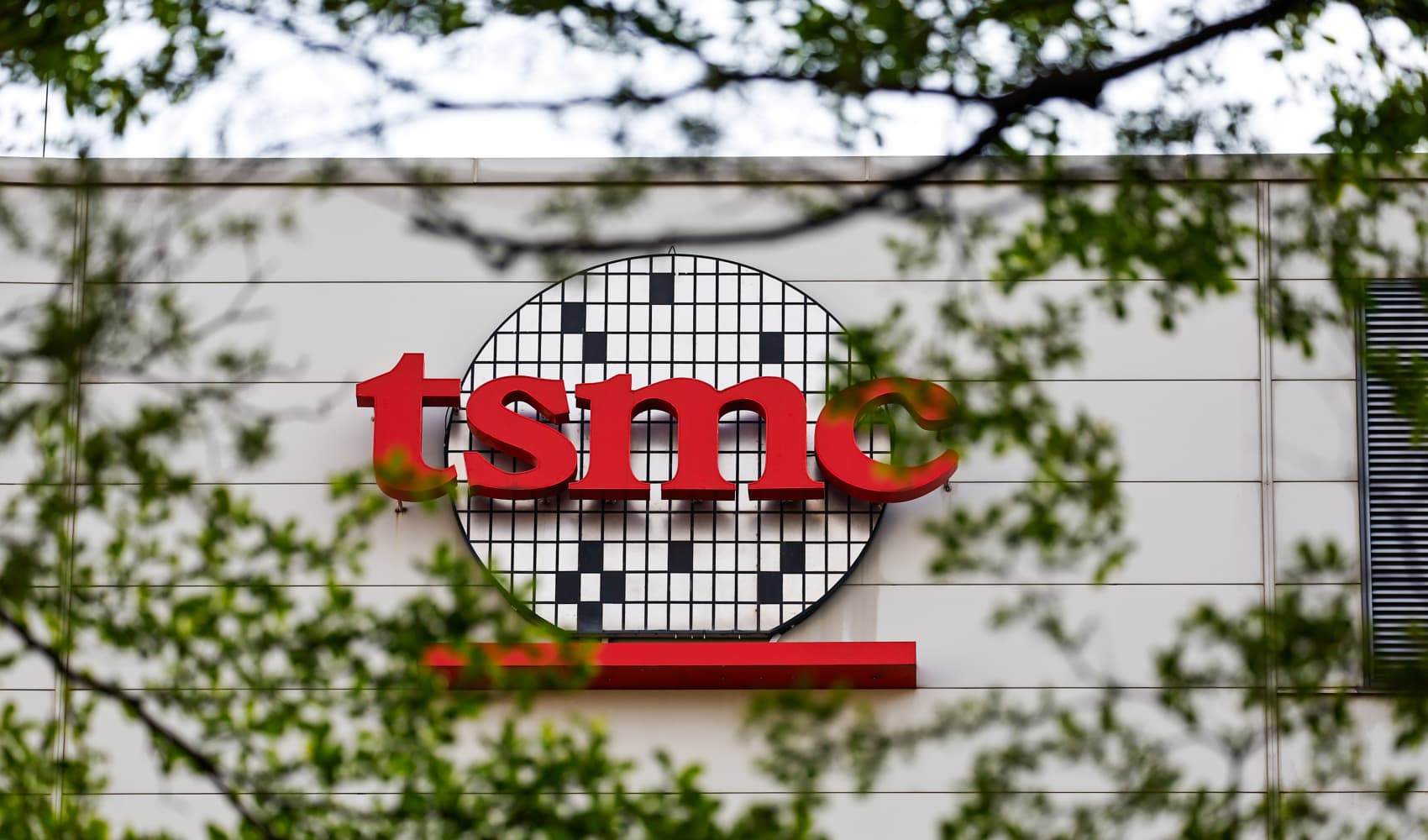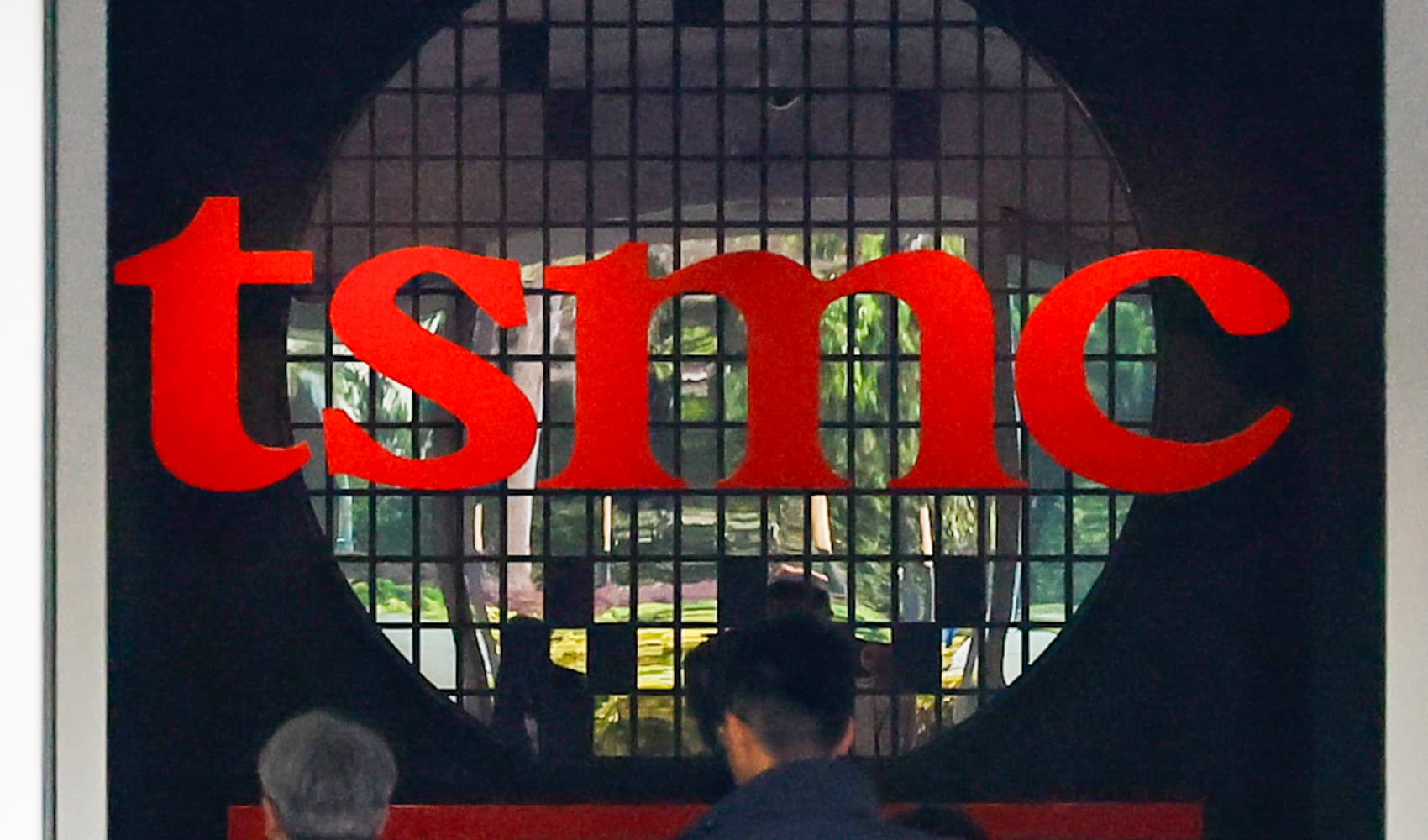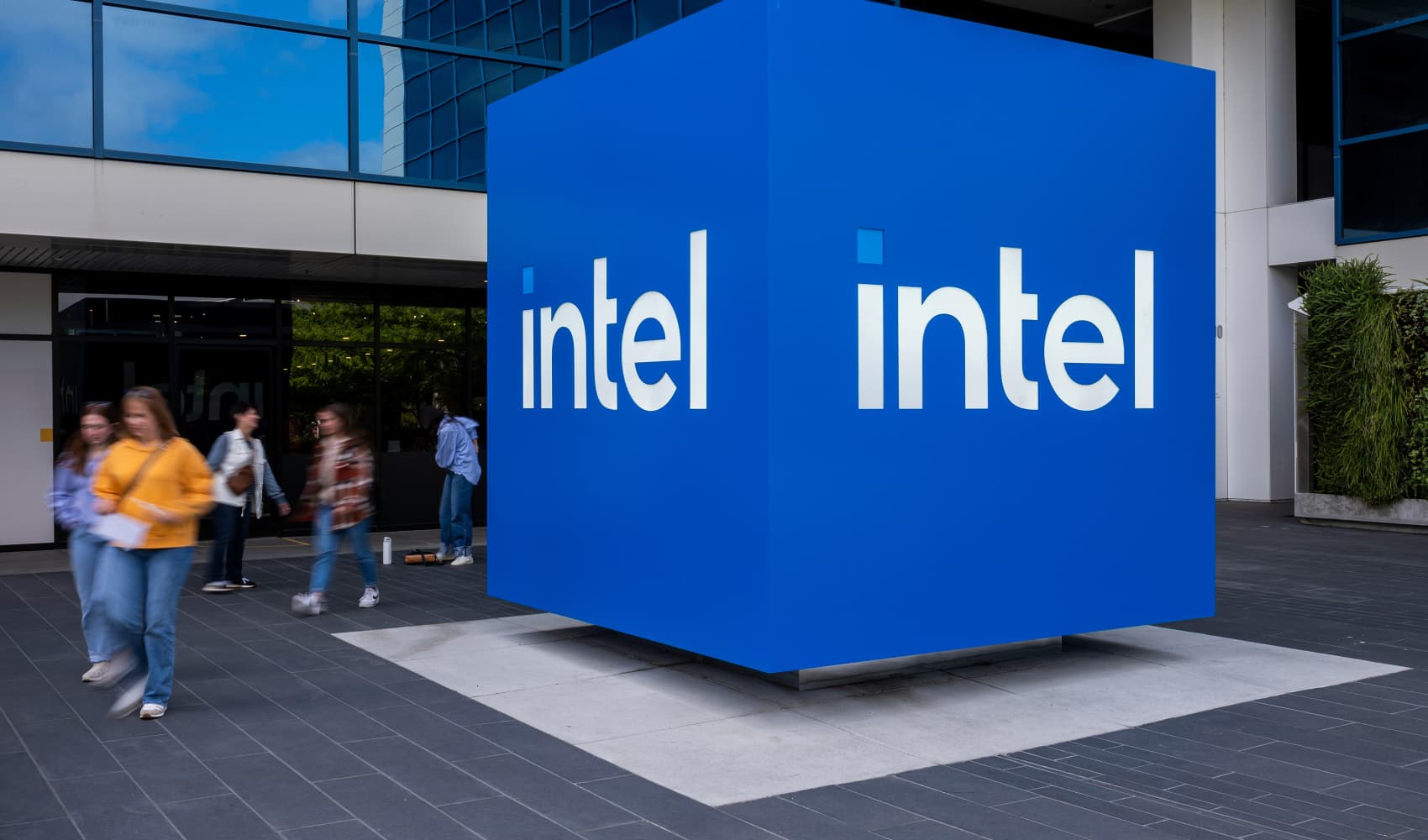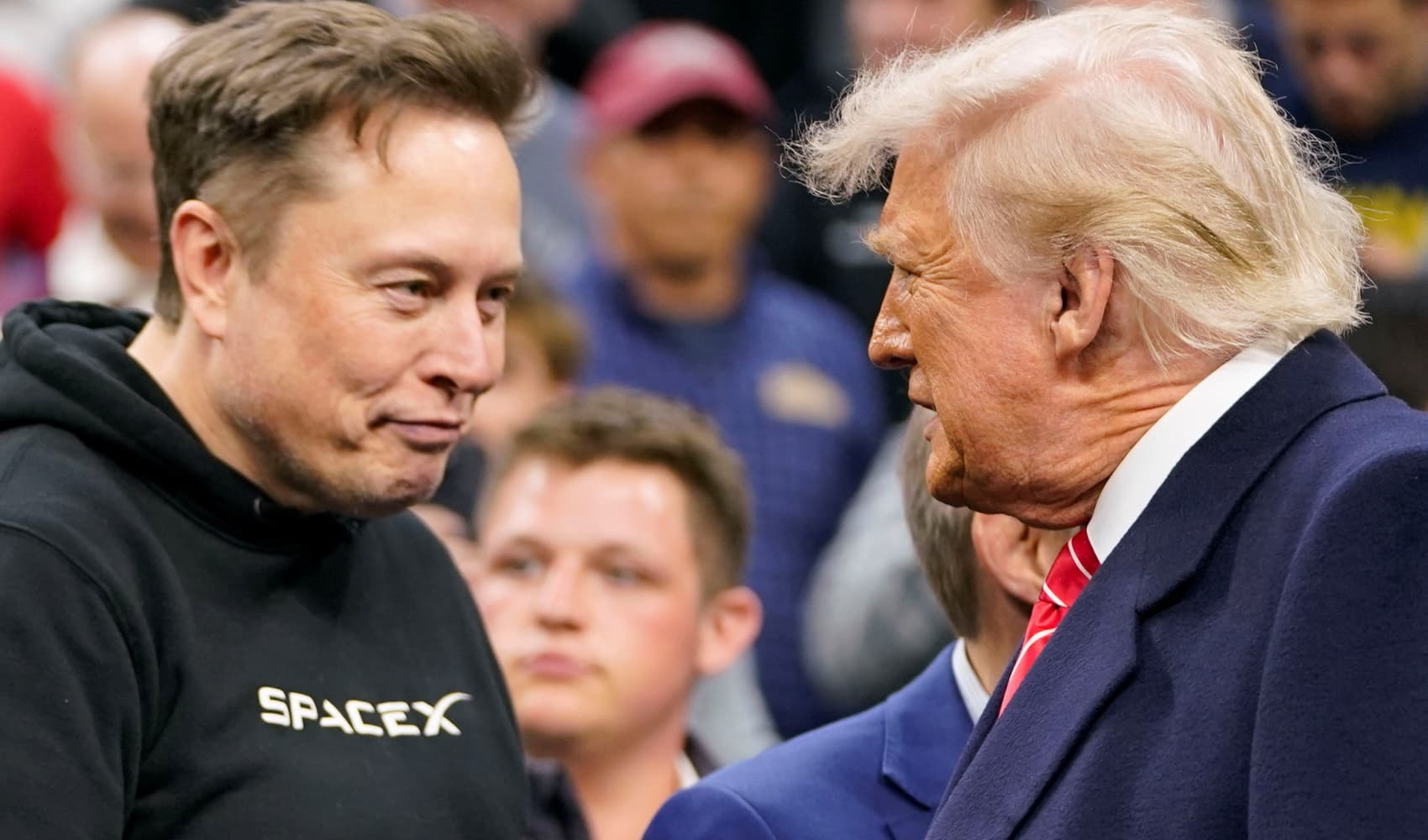TSMC Stays Strong: Defies Trade Worries, Profit Soars!
TSMC Defies Trade Winds: Profit Soars, Forecast Unchanged!
Introduction: Navigating the Semiconductor Storm
Ever heard of TSMC? If you haven't, you should! Taiwan Semiconductor Manufacturing Company is a giant in the world of semiconductors – basically, the brains behind your phone, computer, and pretty much every other gadget you use. They're like the world's custom chip maker, and what they do impacts everything from gaming to AI.
Recently, TSMC released its first-quarter earnings, and let's just say they were impressive. Despite global economic uncertainties and the ever-present trade winds of the Trump administration, they've managed to not just stay afloat, but thrive. So, how did they pull it off? Let’s dive in!
TSMC's Q1 Results: A Numbers Game
Let's get down to brass tacks. Here’s a quick rundown of TSMC’s Q1 2024 results:
- Revenue: NT$839.25 billion (beating the expected NT$835.13 billion)
- Net Income: NT$361.56 billion (exceeding expectations of NT$354.14 billion)
In simpler terms, they made a lot of money. We're talking a 60.3% jump in net income compared to the same period last year! The revenue also climbed a respectable 41.6% to NT$839.25 billion. Not bad, eh?
The AI Boom: Fueling the Fire
AI Chips: The Golden Goose
The secret ingredient? Artificial intelligence. The surging demand for AI chips has been a major catalyst for TSMC's growth. Think about it – AI is everywhere, from self-driving cars to virtual assistants. And all that AI needs powerful, specialized chips, and TSMC is a key supplier.
AI's Growing Appetite for Compute Power
The demand for compute power in AI is insatiable. Just like a teenager going through a growth spurt, AI needs more and more resources to function, and that translates into big business for chipmakers like TSMC. They’re basically the chefs in the AI kitchen, cooking up the essential ingredients for this technological revolution.
Trump's Trade Policies: A Looming Threat?
Tariffs and Export Controls: Navigating the Labyrinth
Now, let's talk about the elephant in the room: Donald Trump's trade policies. The U.S. has imposed tariffs on goods from Taiwan and stricter export controls on companies like Nvidia and AMD, which are major TSMC clients. These policies create significant headwinds for the company. Think of it like trying to sail a boat against a strong current – it's tough!
Impact on Nvidia and AMD: A Domino Effect
The export controls specifically targeting Nvidia and AMD can indirectly affect TSMC. If these companies can't easily export their products to certain markets, it reduces their demand for TSMC's chips. It's a complex supply chain, and any disruption at one point can ripple through the entire system.
TSMC's Resilience: Weathering the Storm
Maintaining the Revenue Forecast: A Sign of Confidence
Despite these challenges, TSMC is sticking to its annual revenue forecast. What does that tell you? It tells us that they're confident in their ability to navigate these obstacles. They're not just sitting back and hoping for the best; they're actively adapting and innovating.
Diversification and Innovation: Key Strategies for Success
TSMC isn't putting all its eggs in one basket. They're diversifying their customer base and investing heavily in research and development. By exploring new technologies and expanding into different markets, they're making themselves more resilient to external shocks.
Global Semiconductor Landscape: A Competitive Arena
The Race for Chip Supremacy
The semiconductor industry is fiercely competitive. Companies around the world are vying for market share, and TSMC faces stiff competition from the likes of Samsung and Intel. It's a constant battle for innovation and efficiency.
Geopolitical Implications: More Than Just Chips
The semiconductor industry is not just about technology; it has significant geopolitical implications. Control over chip manufacturing is seen as a strategic advantage, and countries are investing heavily in building up their domestic semiconductor capabilities. It's a high-stakes game with global consequences.
TSMC's Future: What Lies Ahead?
Continued Growth in AI and High-Performance Computing
Looking ahead, TSMC is betting big on continued growth in AI and high-performance computing. These areas are expected to drive demand for advanced chips for years to come, and TSMC is positioning itself to capitalize on this trend.
Expansion and Investment: Building for the Future
TSMC is investing billions of dollars in new fabs (fabrication plants) around the world. This expansion will allow them to increase their production capacity and better serve their global customer base. It's a long-term investment in the future of the company.
The Bigger Picture: Implications for the Tech Industry
Impact on Consumer Electronics: Faster, Smarter Devices
TSMC's advancements in chip technology have a direct impact on the consumer electronics we use every day. Faster, more efficient chips mean faster, smarter smartphones, laptops, and other devices. They're the engines driving innovation in the tech industry.
The Rise of the Metaverse: Powering the Next Generation of Experiences
The metaverse, virtual reality, augmented reality – all these emerging technologies rely on powerful computing infrastructure. TSMC's chips will play a critical role in powering the next generation of immersive experiences.
Analyzing TSMC's Financial Performance
Revenue Growth and Profit Margins: Key Indicators of Success
Revenue growth and profit margins are key indicators of a company's financial health. TSMC's strong performance in these areas demonstrates its ability to generate value for its shareholders. They're not just making money; they're making good money.
Capital Expenditure: Investing in the Future
Capital expenditure (CapEx) refers to the money a company spends on acquiring or upgrading physical assets, such as buildings and equipment. TSMC's massive CapEx budget is a testament to its commitment to innovation and growth.
Comparing TSMC to its Competitors
Samsung vs. TSMC: A Head-to-Head Battle
Samsung is TSMC's biggest competitor. Both companies are vying for dominance in the advanced chip manufacturing market. It's a constant battle of technological innovation and market share.
Intel's Ambitions: A New Challenger Emerges
Intel, traditionally known for its CPUs, is also making a push into the foundry business, aiming to compete with TSMC and Samsung. This adds another layer of complexity to the already competitive landscape.
Understanding the Semiconductor Supply Chain
From Design to Fabrication: A Complex Process
The semiconductor supply chain is incredibly complex, involving everything from chip design to manufacturing, testing, and packaging. TSMC plays a crucial role in this ecosystem, acting as a key link in the chain.
The Importance of Collaboration: A Global Network
The semiconductor industry relies on a global network of suppliers, manufacturers, and customers. Collaboration is essential for innovation and efficiency. No single company can do it all alone.
Conclusion: TSMC's Continued Dominance
So, what's the takeaway? TSMC's impressive Q1 results demonstrate its resilience and adaptability in the face of global economic uncertainties and trade tensions. The surging demand for AI chips is fueling its growth, and its commitment to innovation and diversification positions it for continued success in the future. They're not just surviving; they're thriving!
Frequently Asked Questions (FAQs)
Here are some frequently asked questions about TSMC:
- What does TSMC stand for? TSMC stands for Taiwan Semiconductor Manufacturing Company.
- What is TSMC's main business? TSMC is the world's largest dedicated independent (pure-play) semiconductor foundry. They manufacture chips for other companies.
- How does the trade war affect TSMC? Trade policies can affect TSMC's clients (like Nvidia and AMD), which in turn can reduce demand for TSMC's chips.
- Why is TSMC so important to the global economy? TSMC is a crucial part of the global technology supply chain. Many electronics rely on chips manufactured by TSMC.
- What are TSMC's plans for the future? TSMC plans to continue investing in research and development and expanding its production capacity to meet the growing demand for advanced chips, particularly in AI and high-performance computing.



